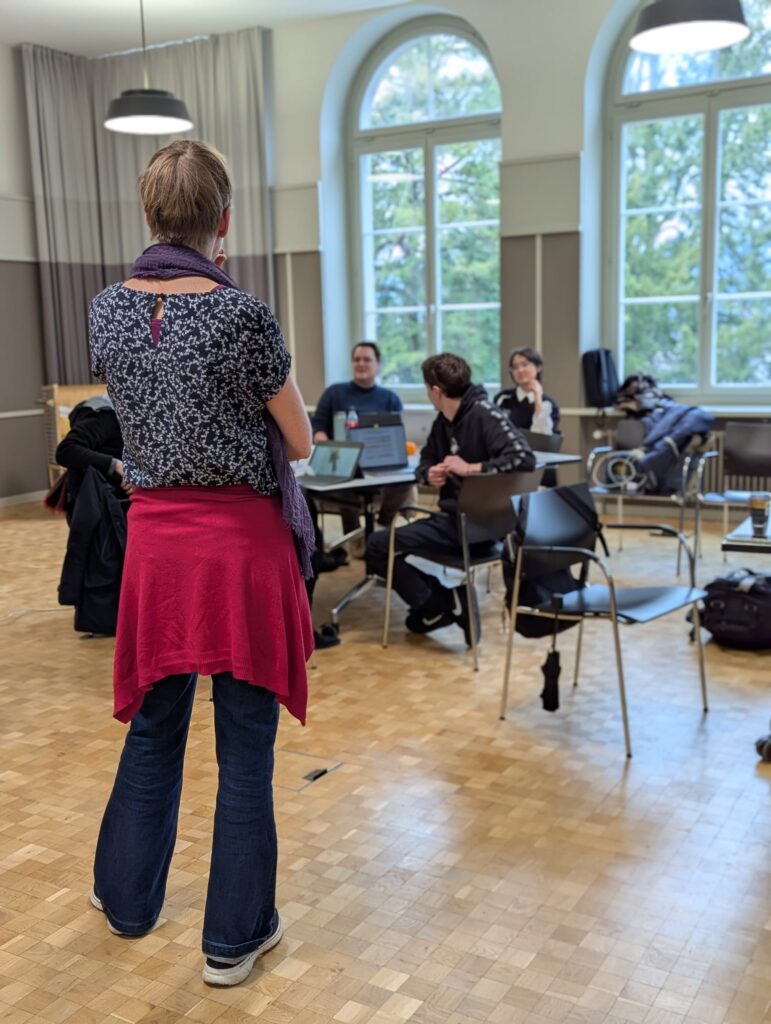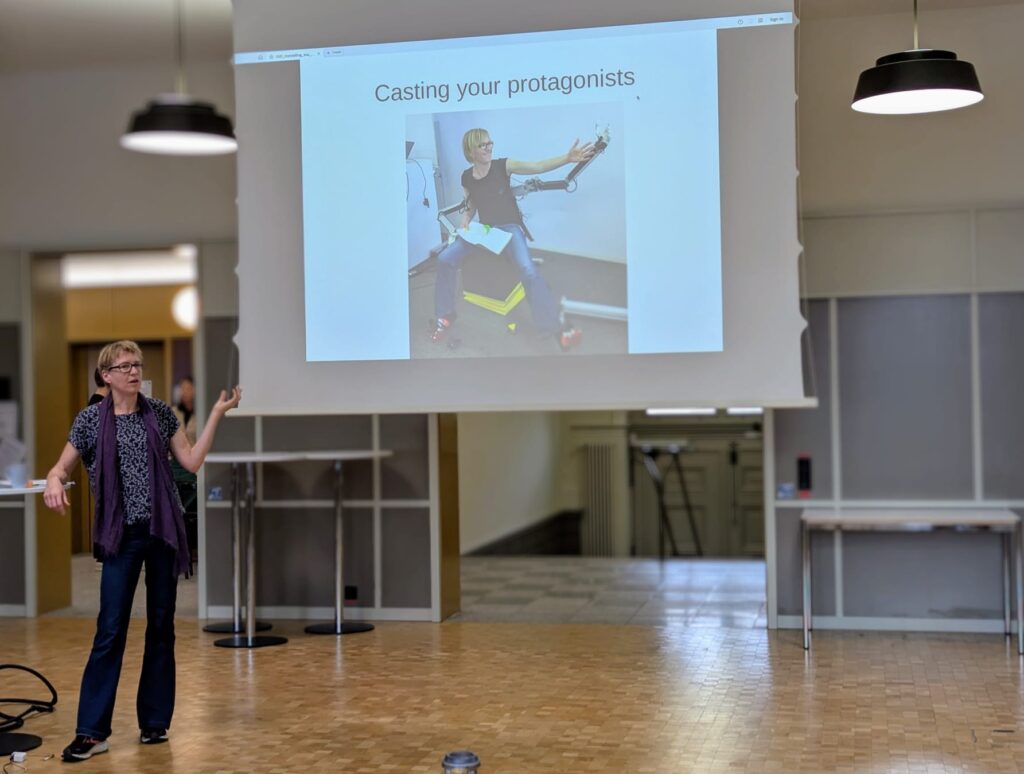On a beautiful afternoon in Tenerife, SWITCH-CERT lead Darja-Anna Yurovsky experienced a moment that many cybersecurity professionals know too well. Although she was passionate and well-prepared for her talk on forensic readiness, her audience quickly disengaged. By the third slide, attendees were already opening laptops or checking emails—clear signs that traditional presentation methods were failing to capture attention.
In the Inside IT article “#Security: Gutes Storytelling verbessert die Cybersicherheit”, Yurovsky reflects: “The real challenge […] is not to speak in front of 150 people, but to spark their interest in my topic and ideally to inspire them to think and take action.”
Her story is not unique. Many cybersecurity experts have faced the same problem: How do we make people care?
What Is Good Storytelling?
This question inspired CYRENZH co-lead and awareness expert Dr. Melanie Knieps and award-winning science journalist Eva Wolfangel to explore how storytelling can transform abstract technical content into engaging stories whose information people will remember. What began as a simple phone call in spring 2024 led to the interdisciplinary course “Storytelling for Digital Transformation” open to UZH and ETH Master’s and PhD students in the spring of 2025.
Developed collaboratively with educational lead Dr. Leyla Ciragan, coordination lead Regula Sprecher, and teaching specialist Irene González González who provided valuable didactic input, the course introduced a four-step approach to storytelling that helps make complex topics relatable and engaging.
1. Finding a story: Effective stories are specific. While it’s tempting to dive into detailed explanations and technical nuances, a single, well-told story about one person in as much depth, power, and detail as possible often resonates more. By focusing on a relatable protagonist and their experience, you make abstract or complex topics tangible and emotionally engaging.
2. Planning a story: Drawing from marketing, we use a simplified version of Joseph Campbell’s hero journey to tell a powerful story. Before creating a story, we specifically ask students to think about:
- The goal of the story (“What feelings do you want to evoke?”),
- The target group (“Who should be moved by it?”),
- The channel (“Where will it reach them?”), and
- The message (“What attitude or behavior do you want to change?”)
3. Emotionalizing a story: Even the most technical subjects become relatable when you build them around four core elements:
- A protagonist: Someone we care about. A relatable figure whose story draws us in.
- A dilemma: A challenge or problem—like a cyberattack—that disrupts the status quo.
- A mentor: Someone who helps the protagonist navigate the challenge (think: an expert, colleague, or tool).
- An elixir: The takeaway. A new insight, behavior, or capability that transforms the protagonist’s world—be it digital self-defense, better security hygiene, or a new product or service.
Telling the story: A good story needs to evoke images. Using scenes that draw the reader in, students learned to present facts than can “piggyback” on storytelling without overwhelming the listener—making learning feel natural and engaging.
Bringing the Approach to New Audiences
Since spring 2025, the material has been adapted for a wide range of audiences — from security professionals in the CAS Cyber Risk Awareness course to PhD students at DSI Summer School for their PhD Excellence Program and also in CYRENZH‘s very own Cybersecurity Summer School. The feedback has been overwhelmingly positive.
Eva and Melanie are currently producing video content to scale the course for other audiences, which will allow them to focus even more on skills-building and hands-on excercises in upcoming workshops.
Our goal is to support experts like Darja-Anna Yurovsky—and others who work with abstract or technical content—in making their messages resonate. Given the high demand for this topic since its conceptualization, we seem to have struck a nerve. As Darja-Anna put it “Good storytelling improves cybersecurity.” We couldn’t agree more.





